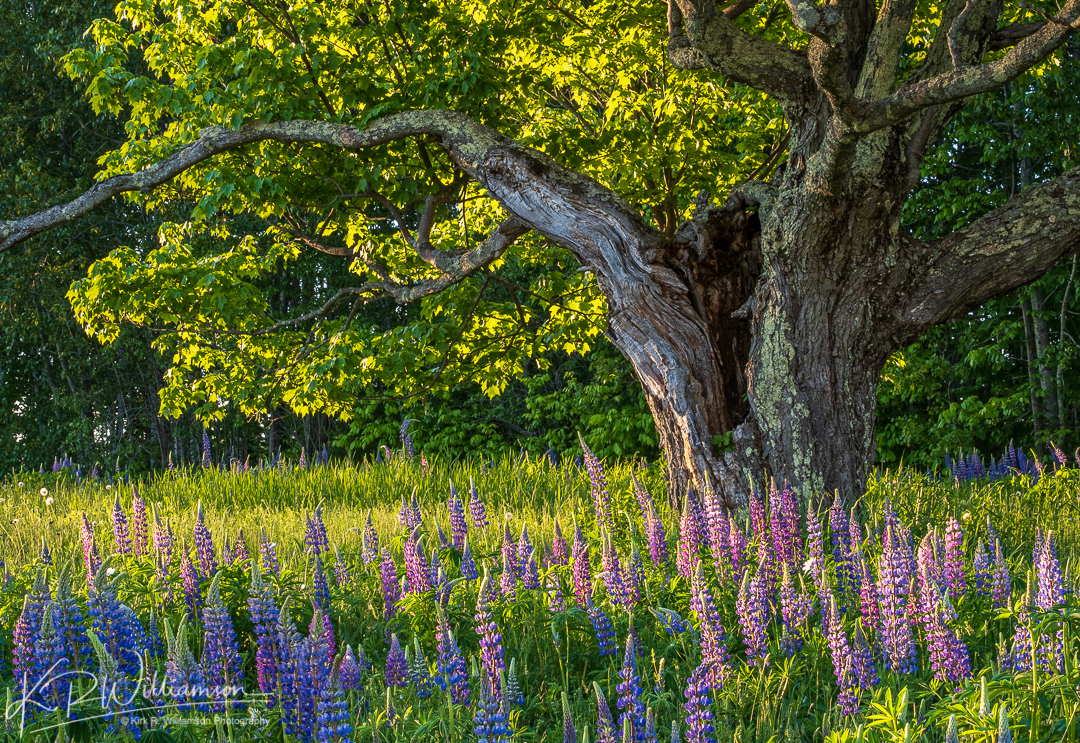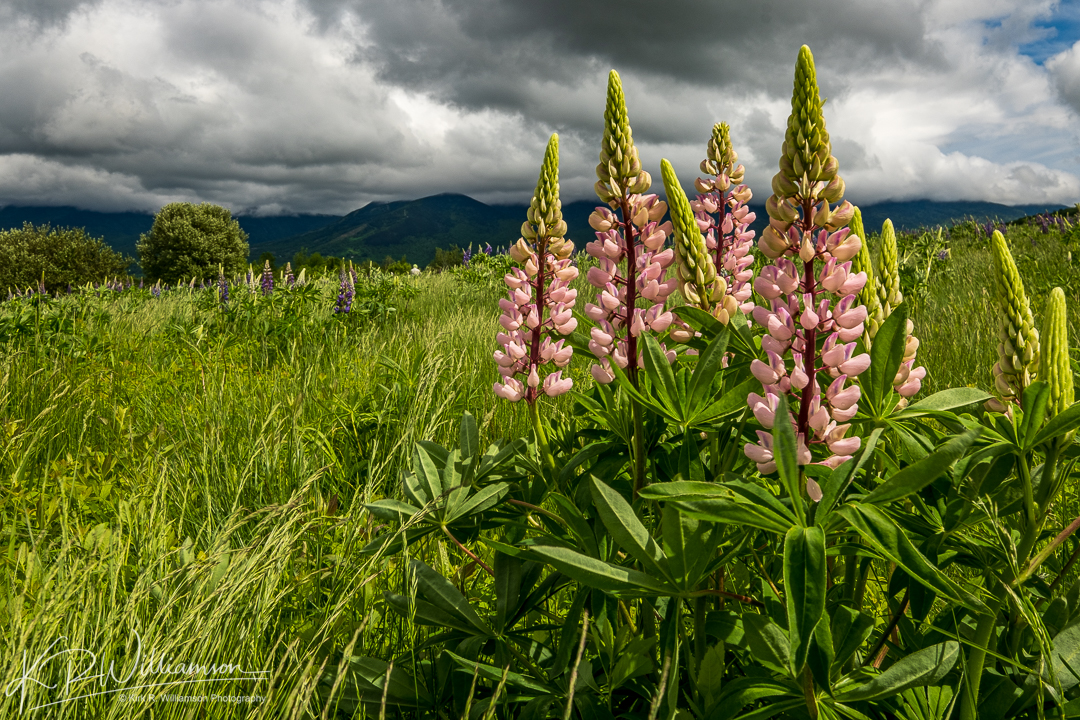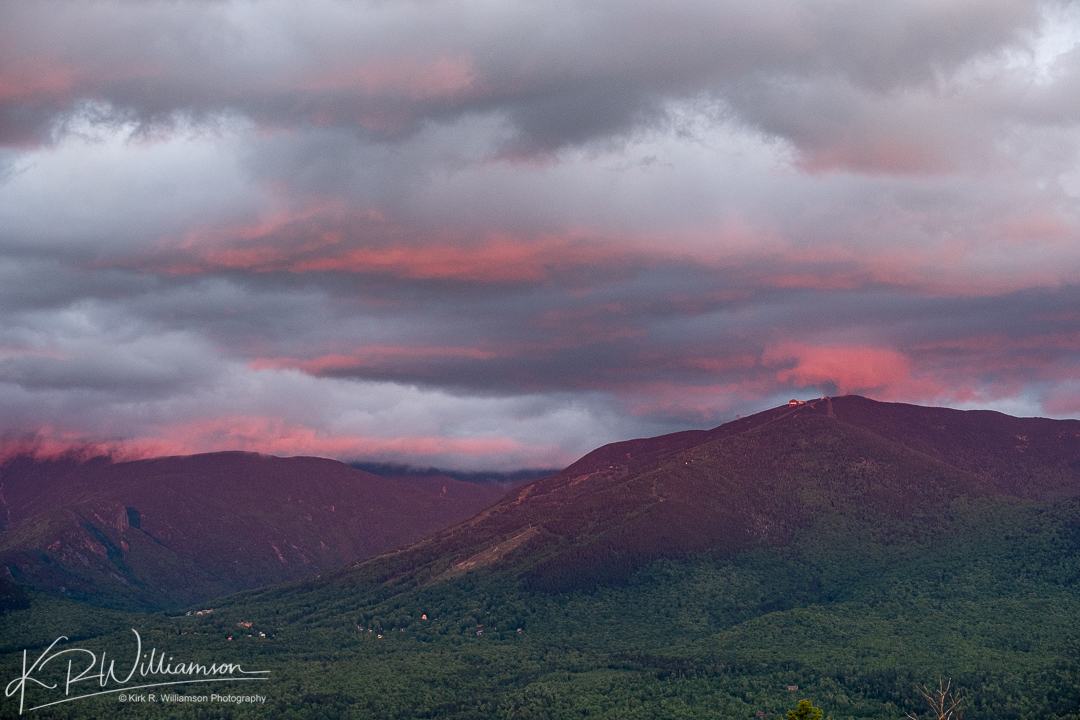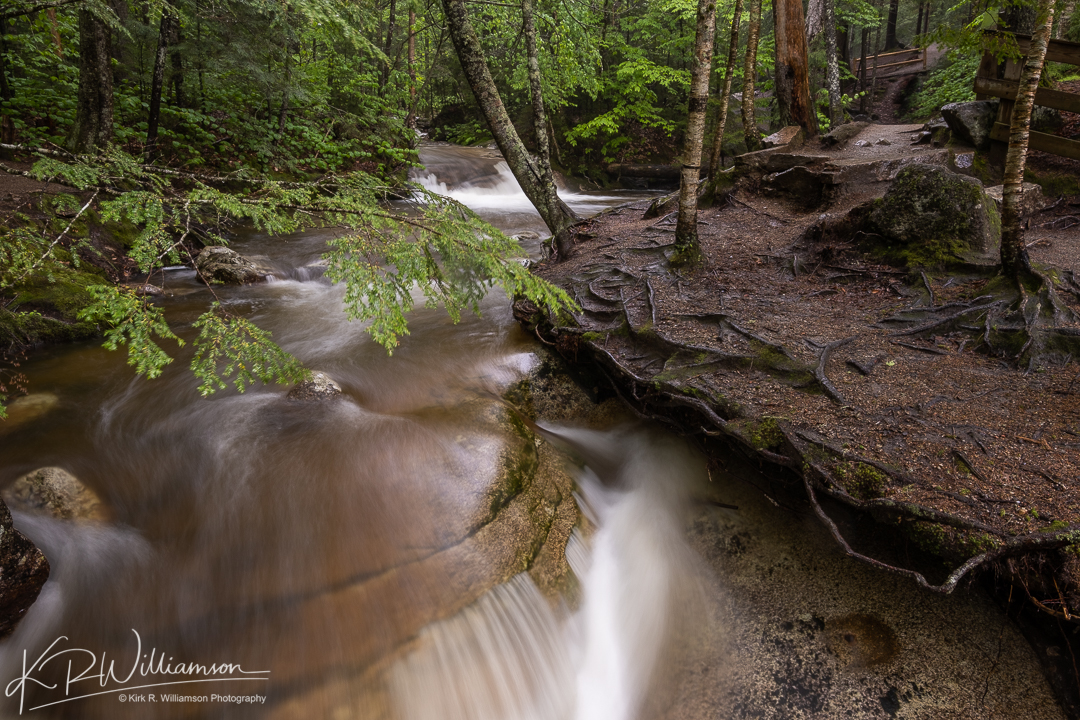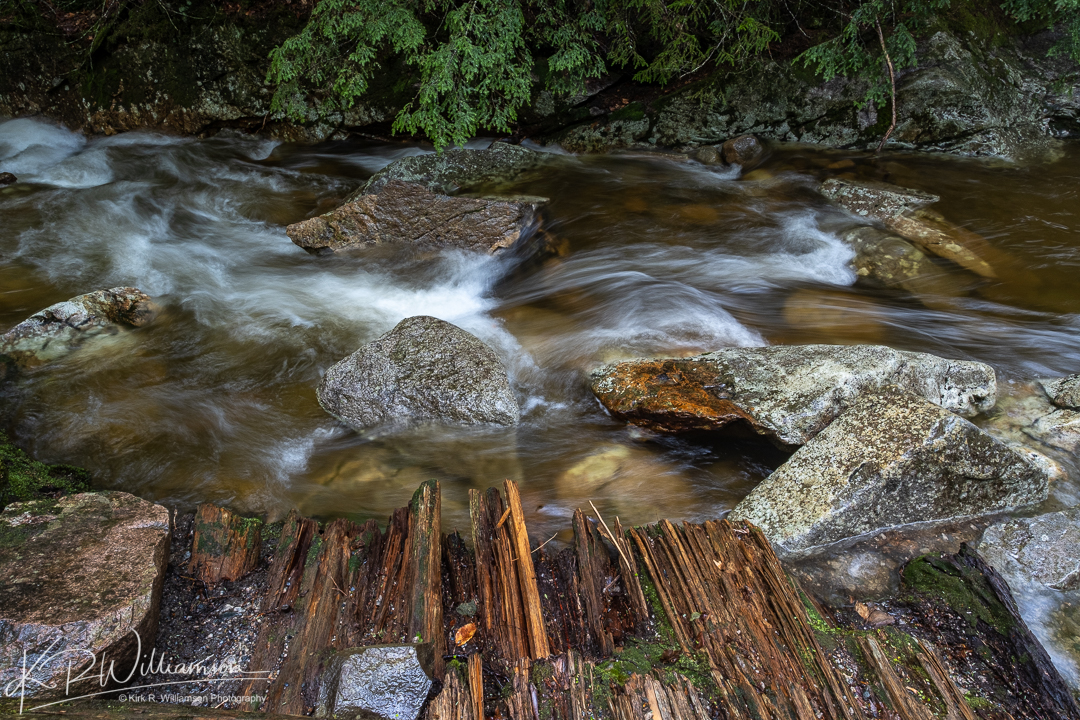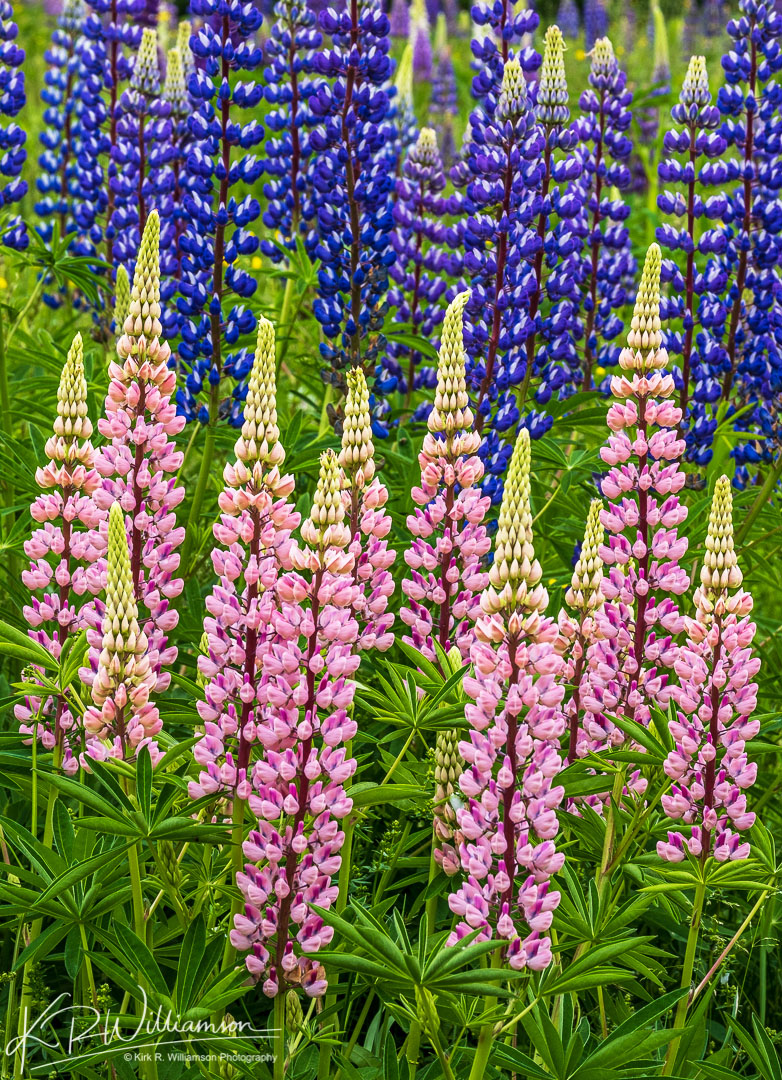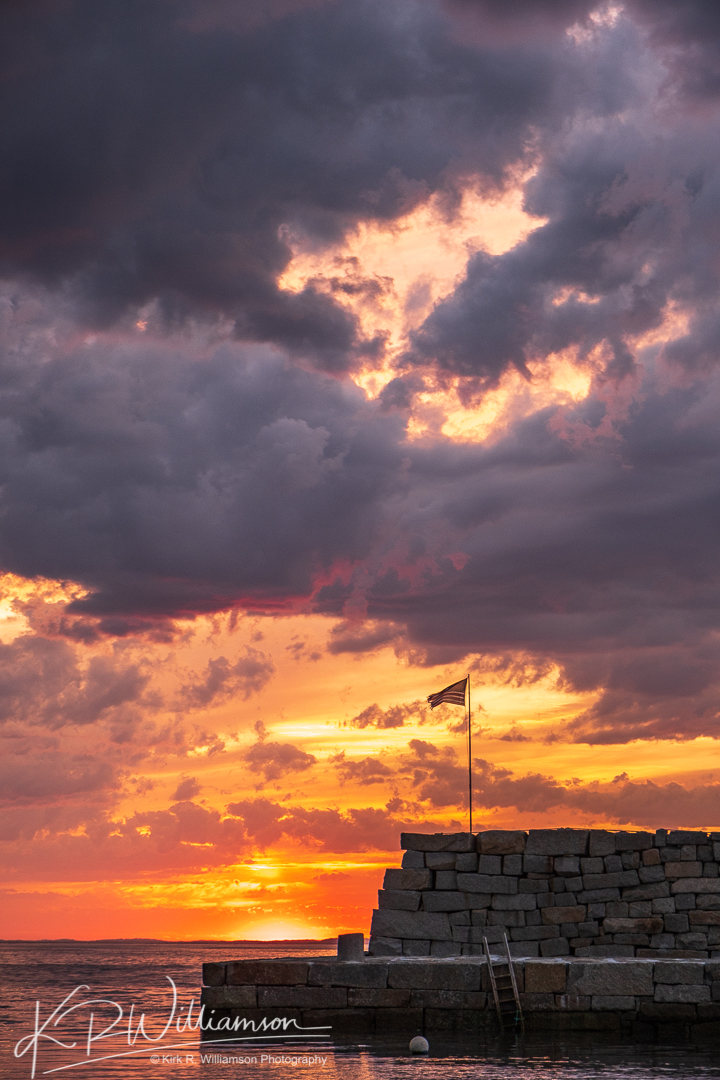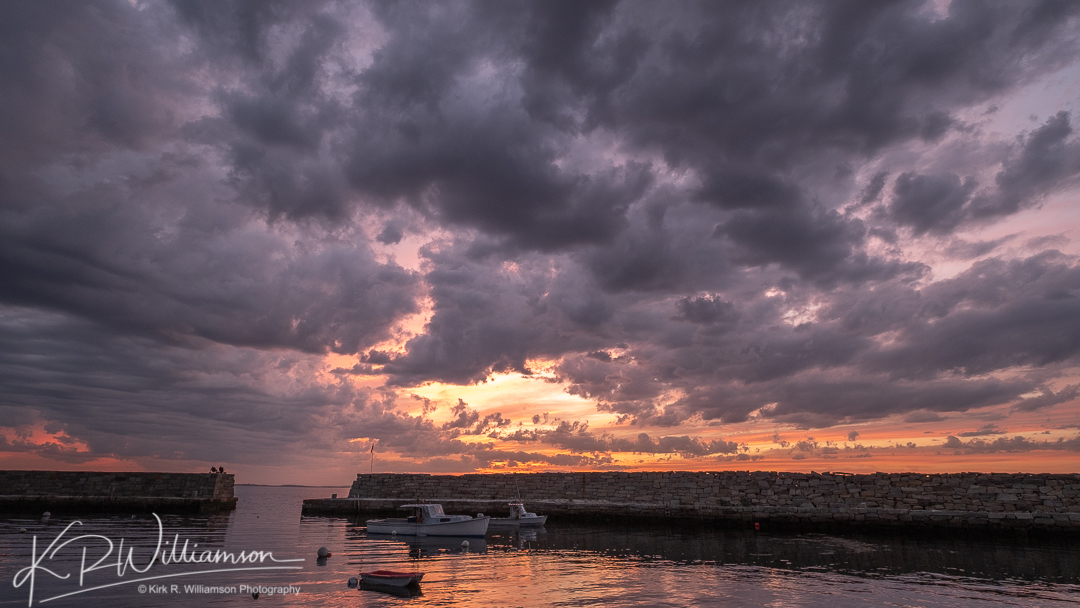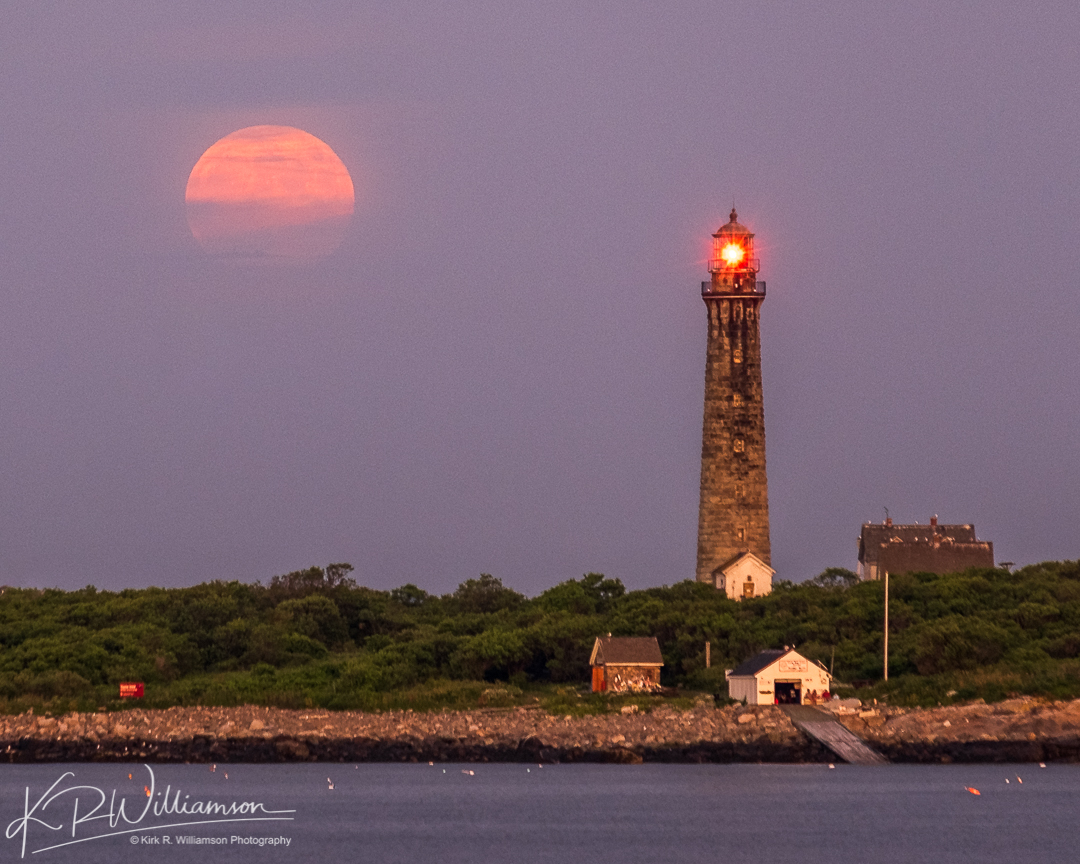
A couple of the things that I preach with workshop attendees is that in most cases you will be rewarded when using patience and persistence. This image of the Buck Moon rising next to the South Light on Thacher’s Island is an image that required both. A friend had called a few days before reminding me of the Buck Moon and that it would be rising very close to sunset and that it would be rising between the the Twin Lights of Thacher’s Island in Rockport. As the appointed hour started to approach, which was at 8:21 PM, the clouds started to move in. What a real bummer it would be if the clouds blocked the moon. As the time approached I got even more apprehensive. Should I bother to go? Here is where the persistence came in. I decided to go and just see – who knows what will happen.
It still did not look promising as I walked up to our location on Eden Rd. From this location you can’t see the moon as it rises as the island blocks the horizon. I estimated that we would see the moon around ten minutes after it rose. So as we talked about the possibilities, the moon slowly poked out of the clouds and gave us a brief glimpse. So our patience paid off as we got about five minutes of shooting in before it rose into the clouds. It would show itself again later when it was dark but not near the lighthouses. The difficulty came with trying to time the red light on the lighthouse. I first counted how long it took to come around and once I figured that out it was just a matter of hitting the shutter a milli second before the light came around. So luck and skill were involved in making this image.
Others on social media have cheated and merged two images, one taken well before when it was obscured and another when it was well up in the sky. So in this case the image is not reality. The blending of two exposures to balance the dynamic range can make for a dramatic image. Unfortunately it produces images which are not a representation of reality. So I tend not to do them.
Therefore I give you this image which is and example of persistence and patience which is reality!.

